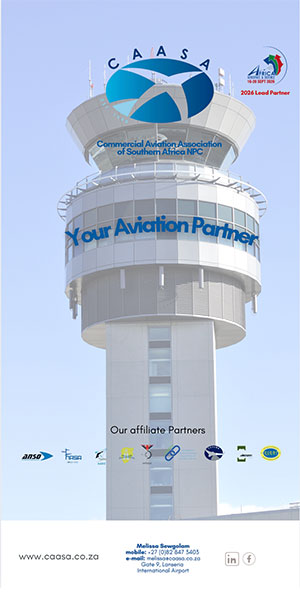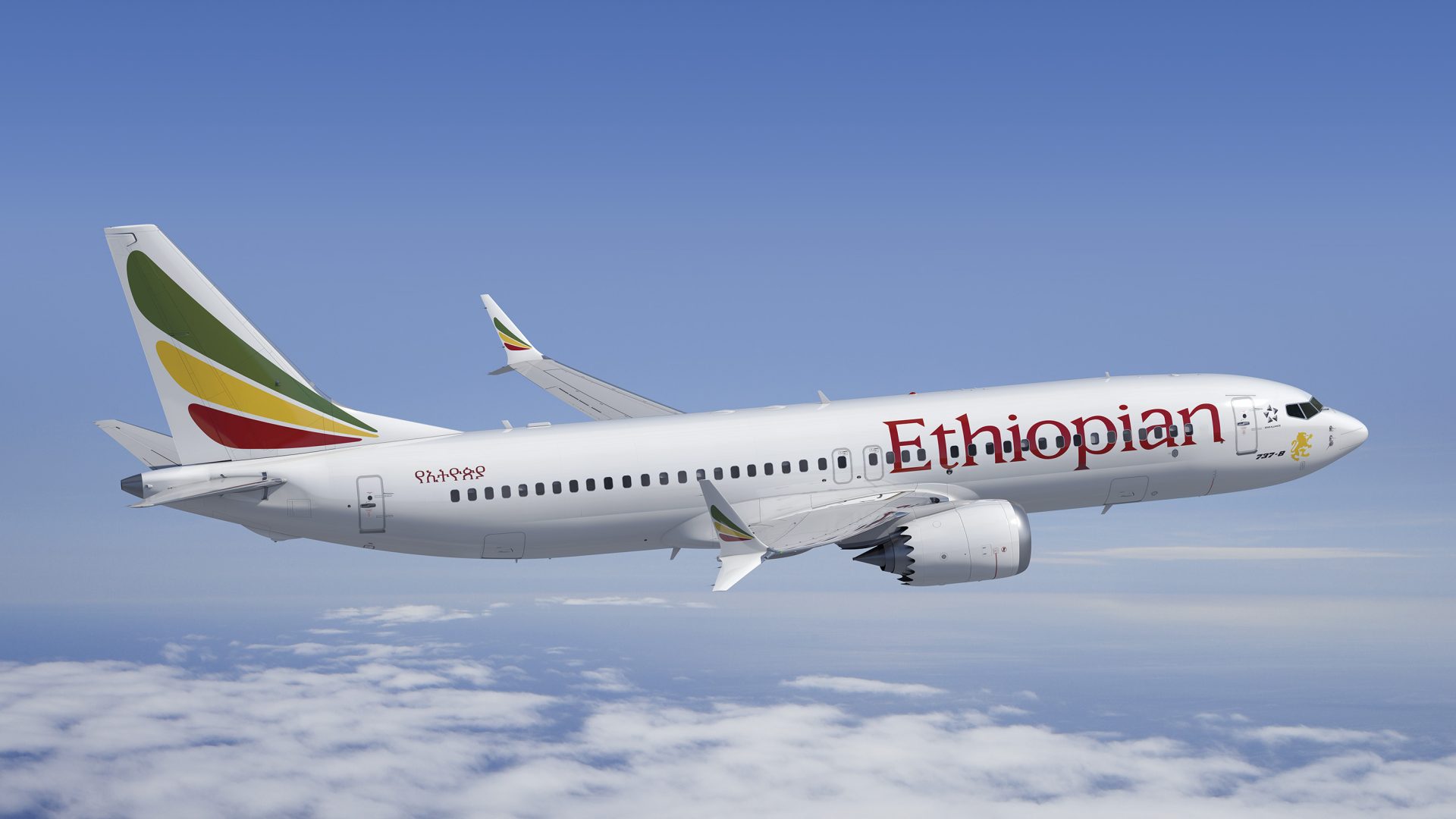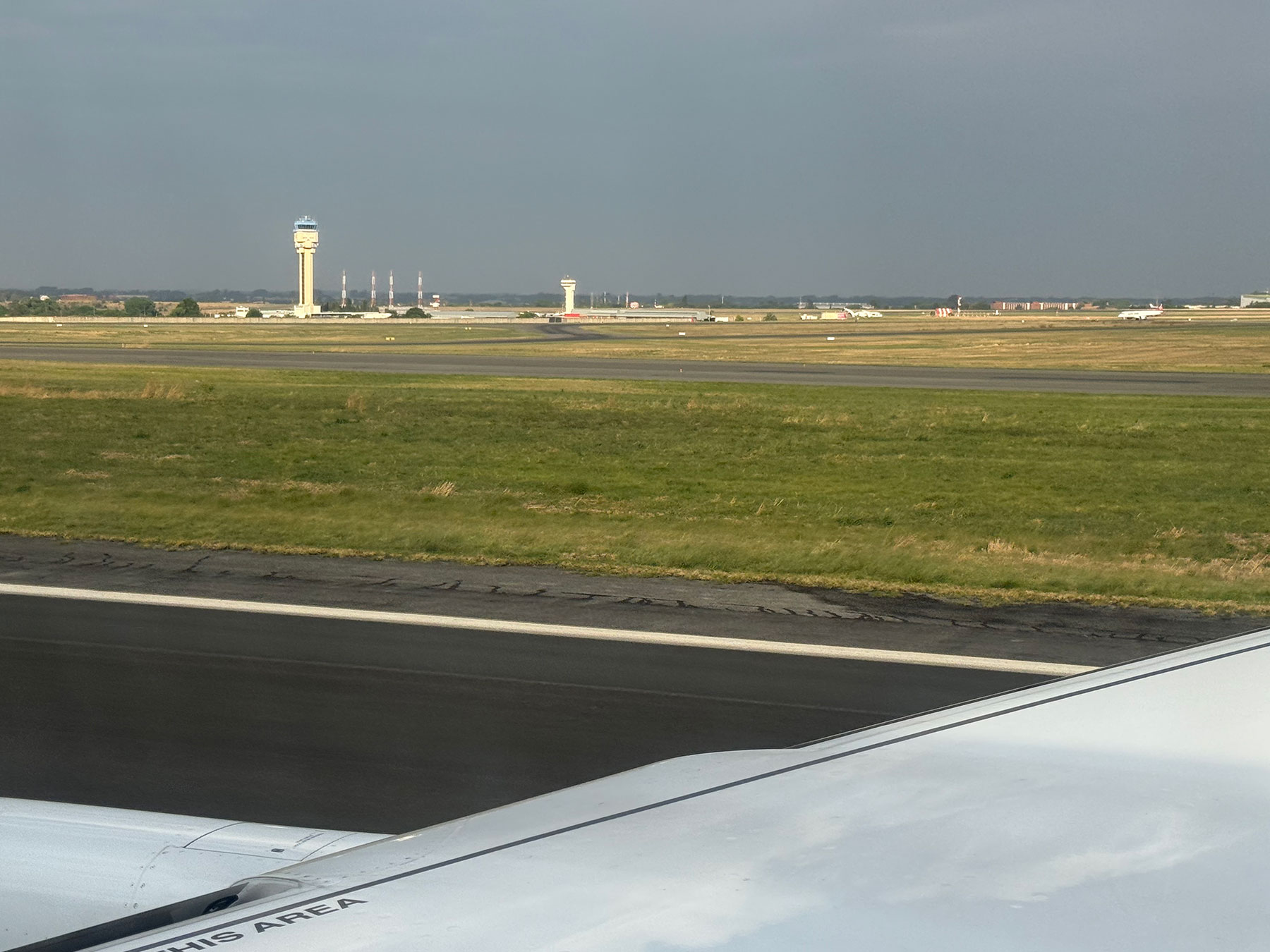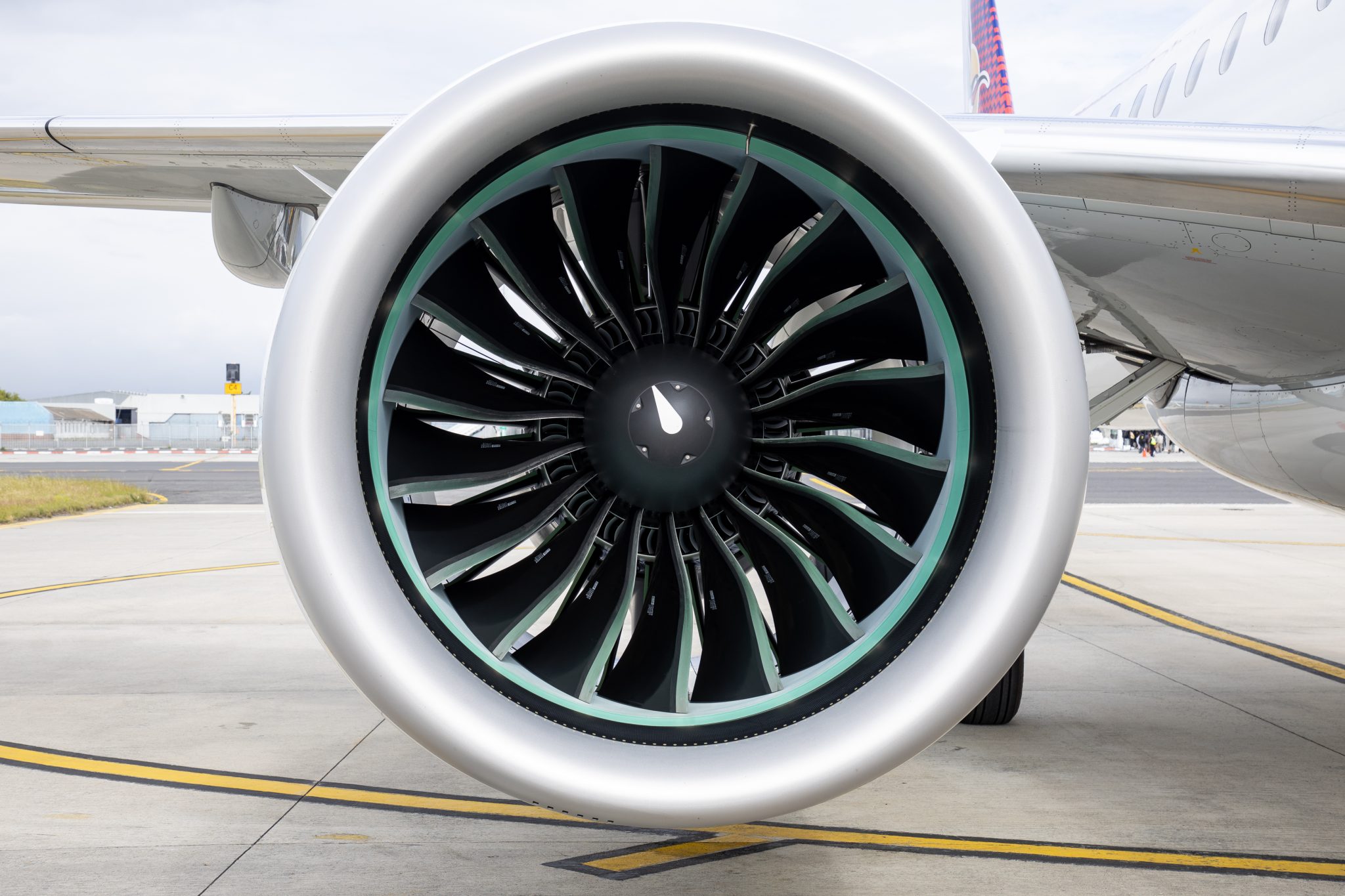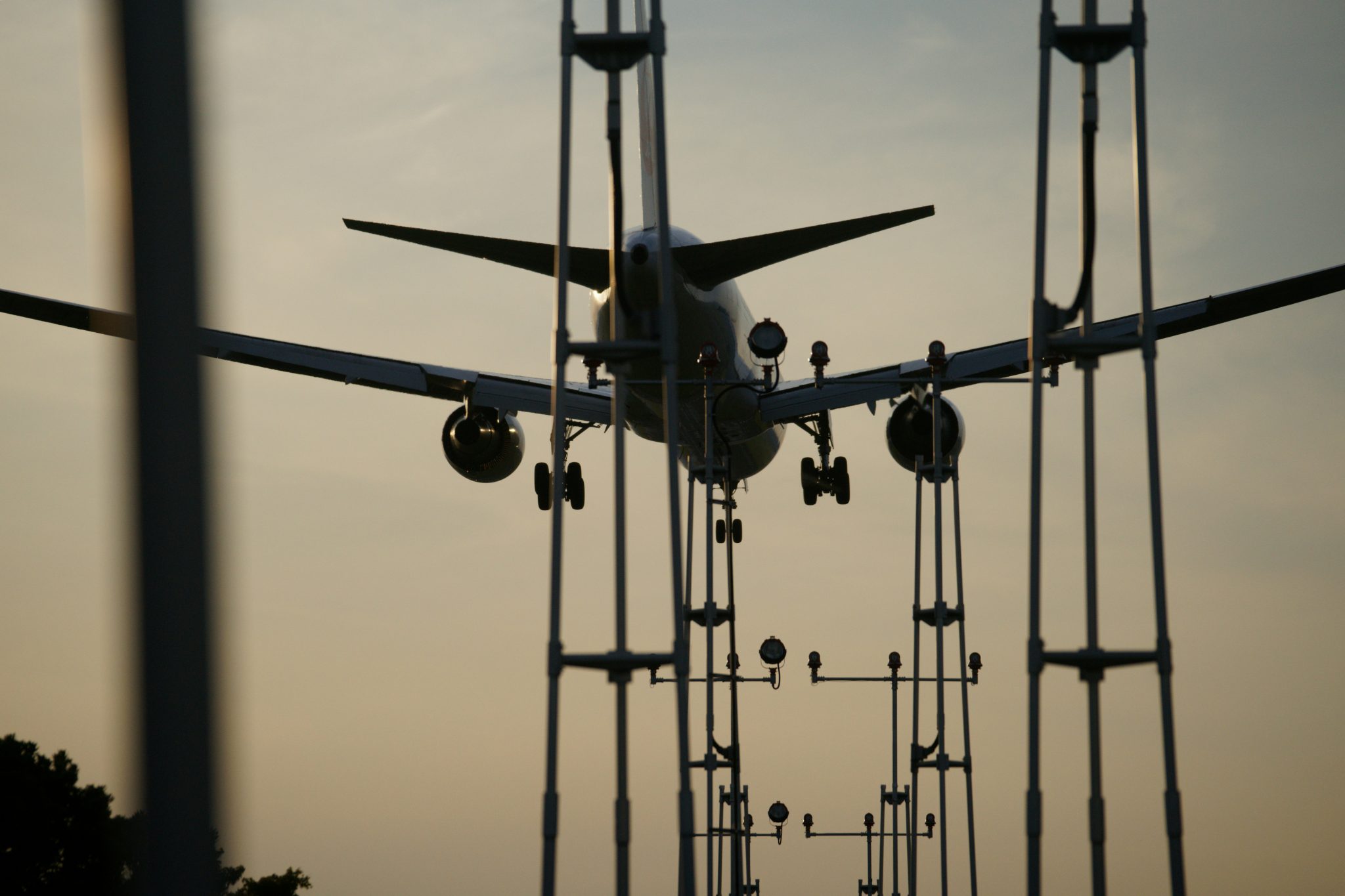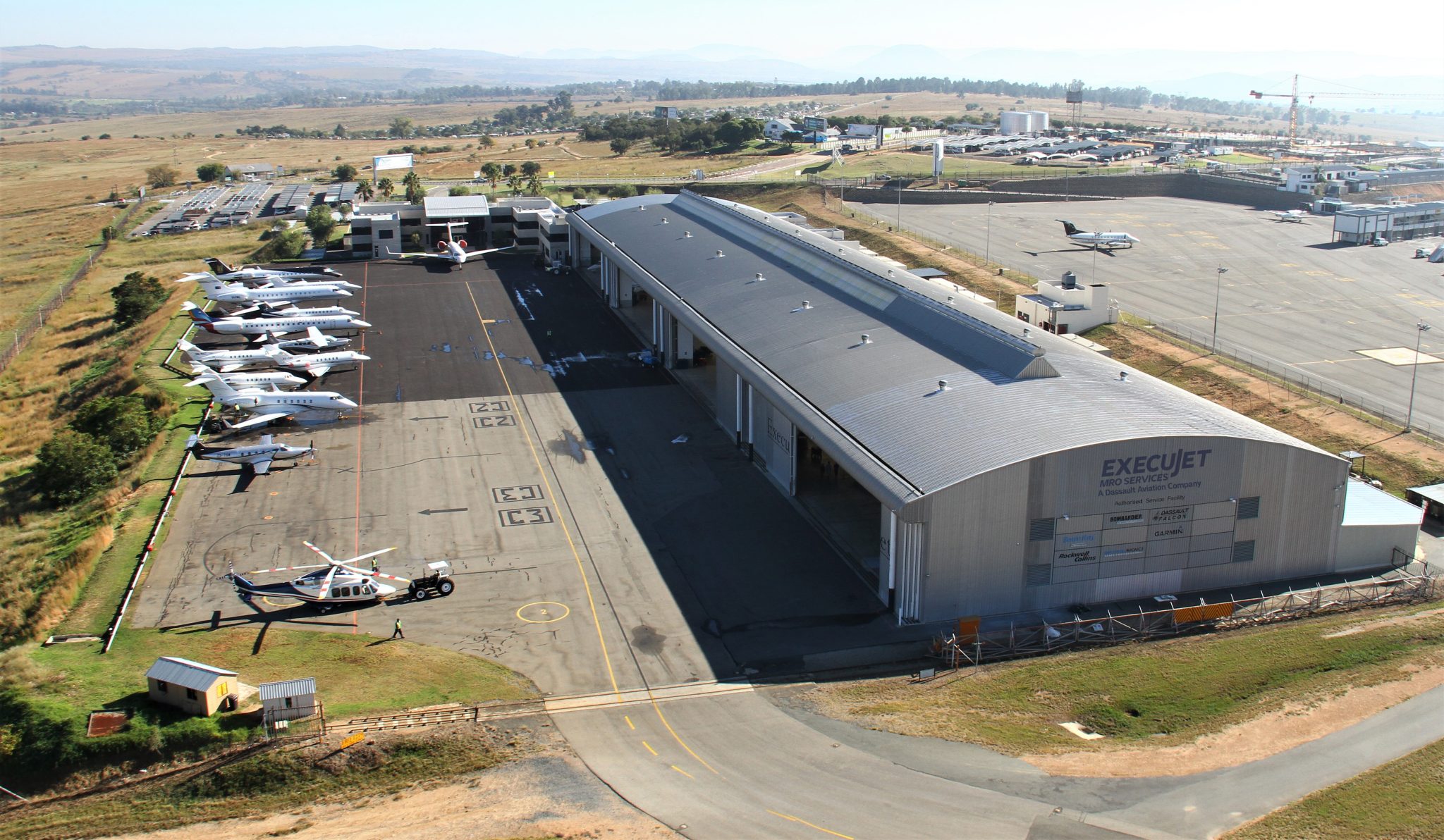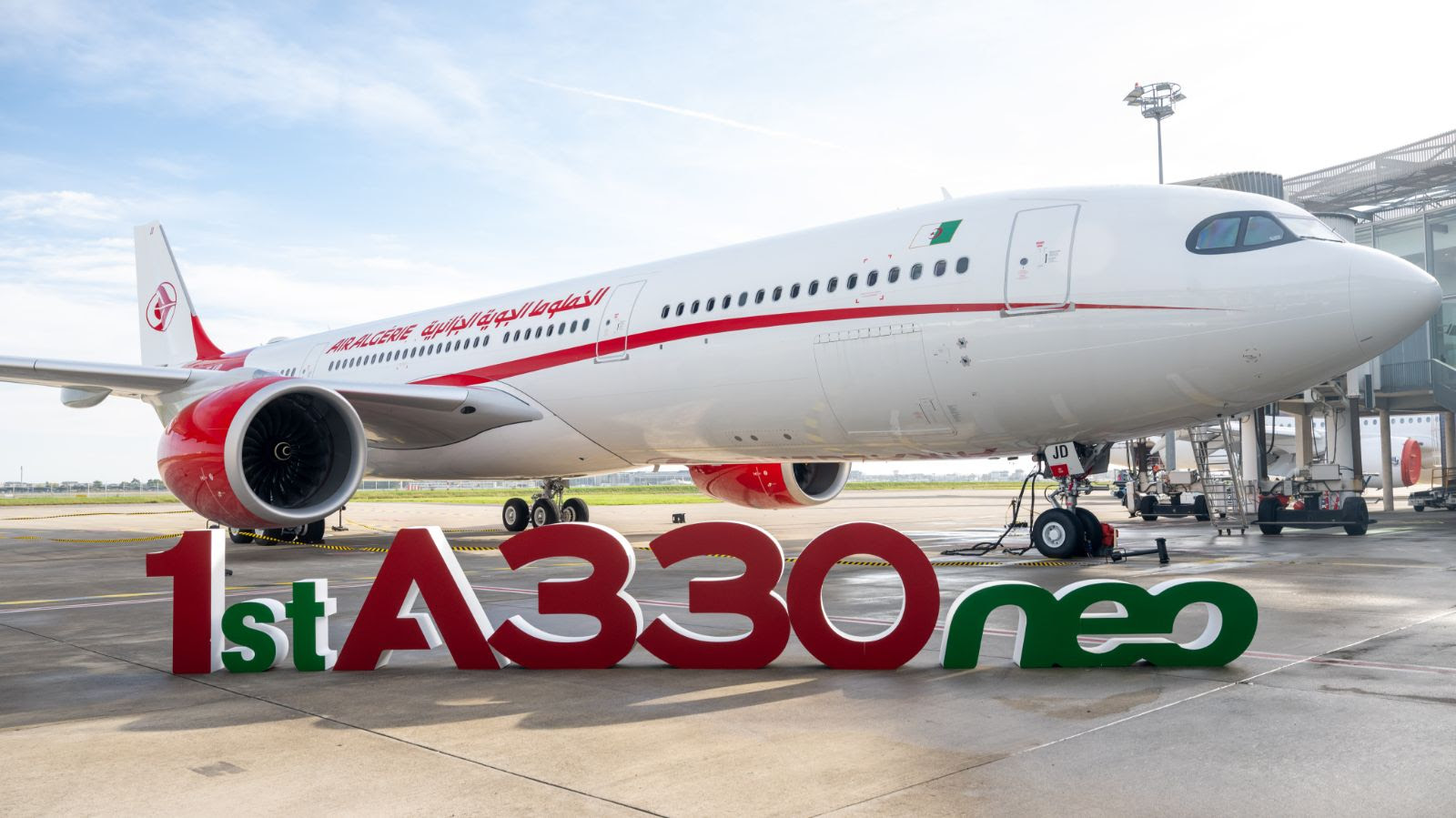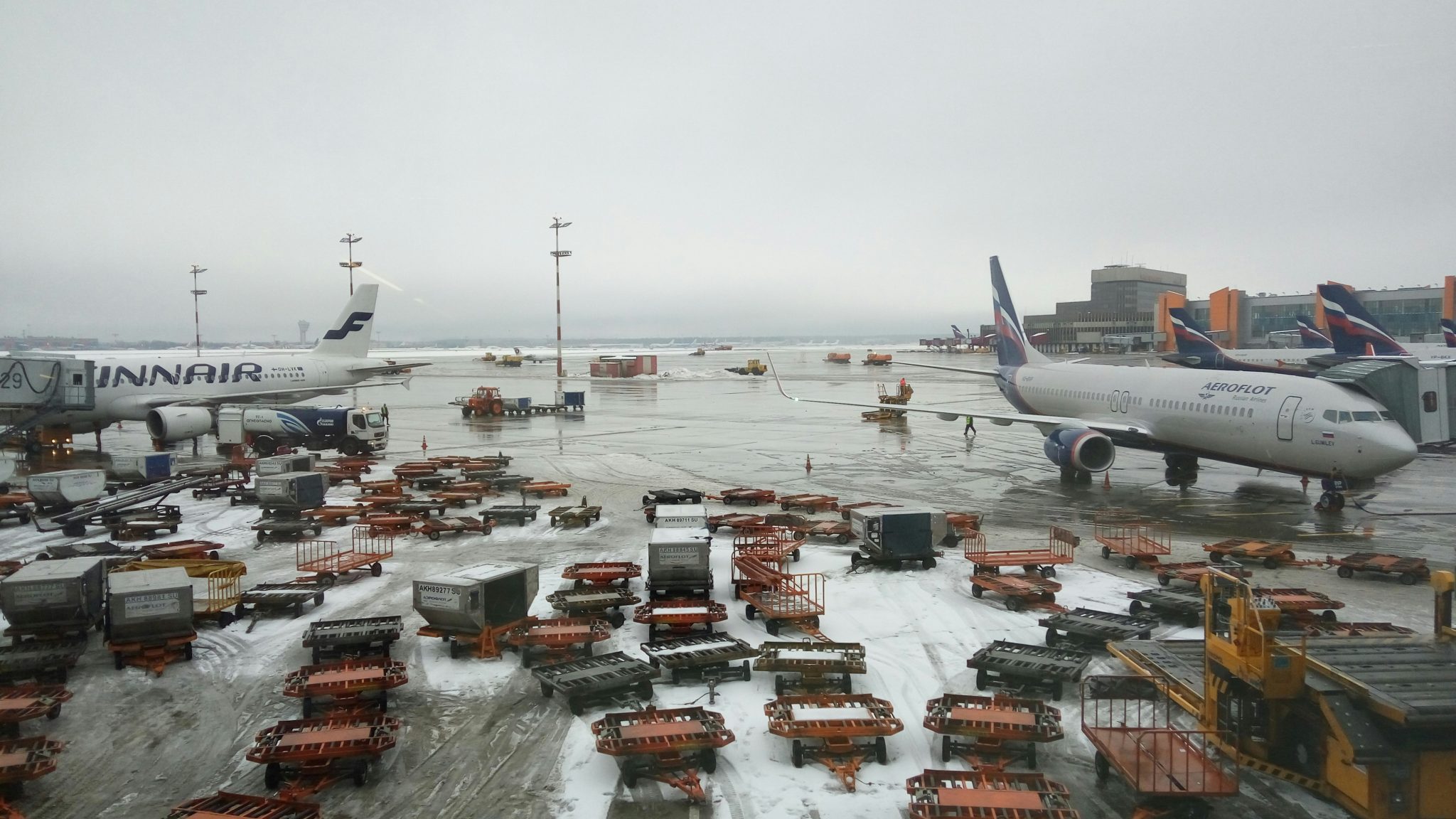The aviation sector has officially shaken off the lingering shadows of the pandemic. Data released by Airports Council International (ACI) confirms that global passenger traffic surpassed pre-pandemic levels in 2024, with 9.4 billion travellers recorded worldwide — a 2.7 per cent increase from 2019.
At the top of the list, Atlanta’s Hartsfield-Jackson International Airport once again ranked as the world’s busiest, handling 108 million passengers last year, though this remained two per cent below its 2019 figure. Four of the world’s eight busiest airports were in the United States, with Dallas-Fort Worth (88 million), Denver (82 million) and Chicago O’Hare (80 million) all maintaining their places in the global top ten.
Elsewhere, Istanbul Airport saw one of the strongest performances, welcoming 80.1 million passengers — more than 50 per cent above 2019 levels, thanks to airline expansion, infrastructure growth and enhanced connectivity. Delhi Airport (77.8 million, +13.6 per cent) and Shanghai Pudong (76.8 million, +0.8 per cent) rounded out the global top ten, underscoring Asia’s growing prominence in the sector.
In total, ACI data covers 2,181 airports across 170 countries, illustrating both the scale and resilience of the global aviation network.
Tourism and Travel Spending on the Rise
According to Statista Market Insights, the global travel and tourism industry is expected to reach nearly US$1 trillion in sales in 2025. Hotels remain the largest segment, forecast to generate around US$455 billion this year. Cruises, which collapsed to just US$3.1 billion in revenue in 2021, are projected to exceed US$45 billion by 2025, driven largely by North America. Package holidays are also regaining popularity, particularly among European and Asian travellers.
Tourists from China remain the highest spenders, accounting for approximately US$250 billion in overseas expenditure in 2024, followed by the United States at US$180 billion. Surprisingly, Russia also ranked in the top ten, with just under US$40 billion spent abroad.
When it comes to arrivals, Europe remains the world’s most visited region, drawing nearly half of all international travellers. France topped the global destination list with over 100 million visitors in 2024, while the Asia-Pacific region stood firmly in second place.
The African Dimension
Whilst Africa does not yet feature in the global top ten airports, the continent’s aviation and tourism story is no less significant. Leading regional hubs such as O.R. Tambo International (Johannesburg), Cairo International, Addis Ababa Bole International, and Jomo Kenyatta International (Nairobi) have all reported strong recoveries.
In 2024, Cairo International Airport handled 28.8 million passengers, making it Africa’s busiest hub. Johannesburg’s O.R. Tambo followed with 18.3 million passengers, a 5.4 per cent increase on the previous year, while Addis Ababa Bole processed nearly 11.8 million travellers as Ethiopian Airlines continued its aggressive global expansion. Nairobi’s Jomo Kenyatta International welcomed 8.7 million passengers, underlining its position as East Africa’s premier hub. These numbers, while modest compared to global giants such as Atlanta or Istanbul, highlight a region firmly on the path to recovery and growth.
North Africa remains an important gateway, particularly Egypt and Morocco, which have benefited from the return of European leisure demand. West Africa is also growing in prominence, with Lagos and Accra attracting new routes thanks to expanding populations and rising economic clout.
Tourism remains one of Africa’s strongest assets. Safari, eco-tourism and cultural heritage continue to attract high-value visitors, especially as global travel trends shift from the short-lived “revenge travel” phenomenon towards slower, more meaningful travel experiences. This positions Africa well for sustainable, long-term growth.
Opportunities and Challenges Ahead
Africa’s aviation sector still faces structural hurdles, including fragmented regulatory frameworks, high operating costs and infrastructure gaps. However, initiatives such as the Single African Air Transport Market (SAATM) offer real promise. If implemented fully, SAATM could dramatically improve intra-African connectivity, reduce airfares, and unlock billions of dollars in trade and tourism opportunities.
On this World Tourism Day, Africa stands at a crossroads. While the continent does not yet match Atlanta, Istanbul or Shanghai in sheer passenger volume, it is strategically placed to benefit from the global rebound in aviation and tourism. With the right policies, investment and collaboration, Africa’s airports and airlines could not only recover but help redefine the next chapter of global aviation.




